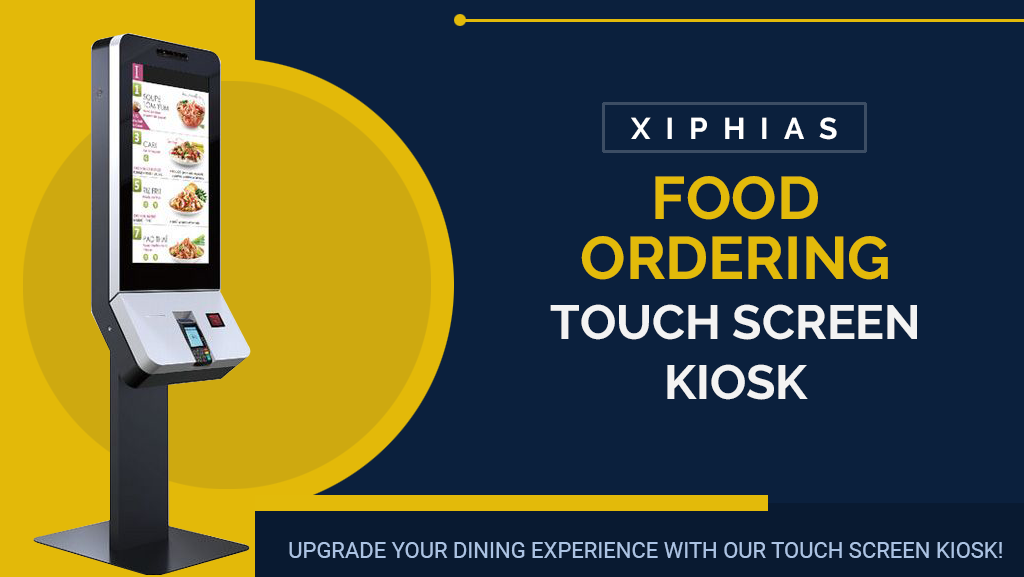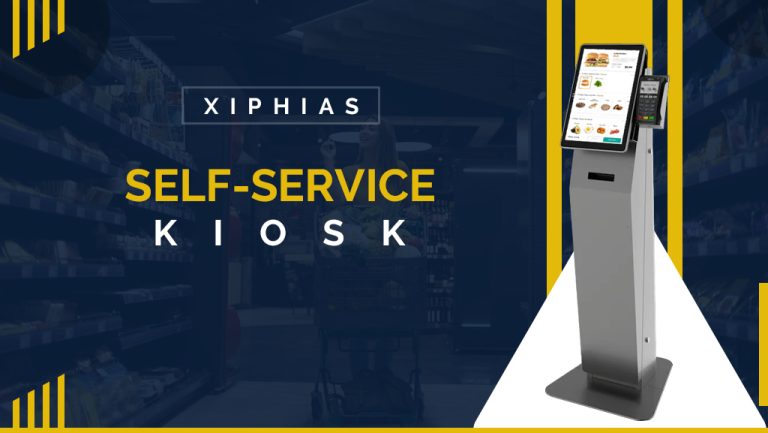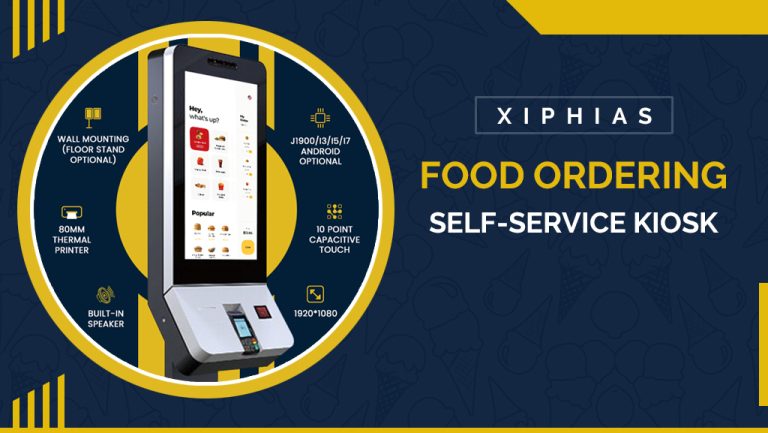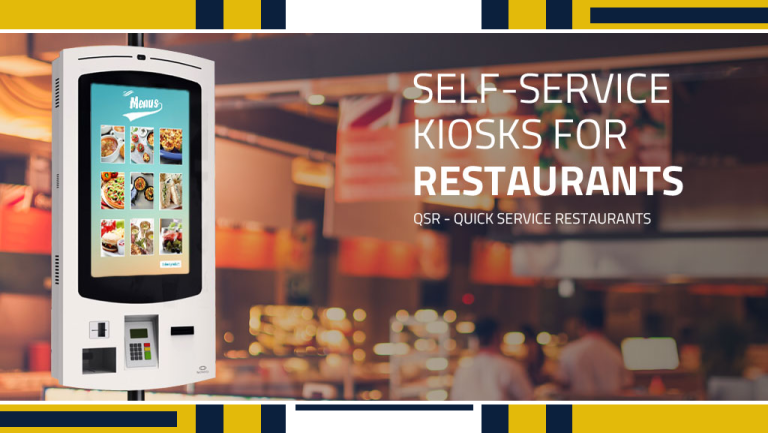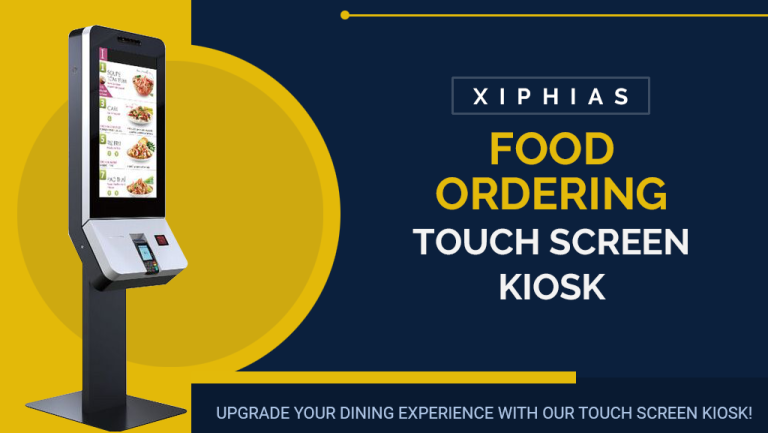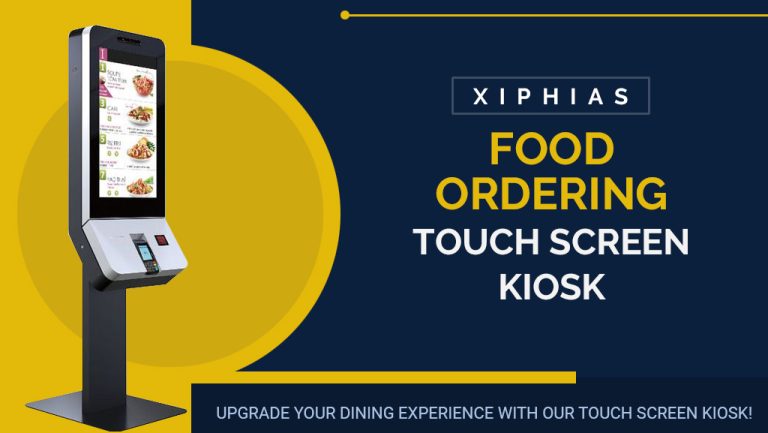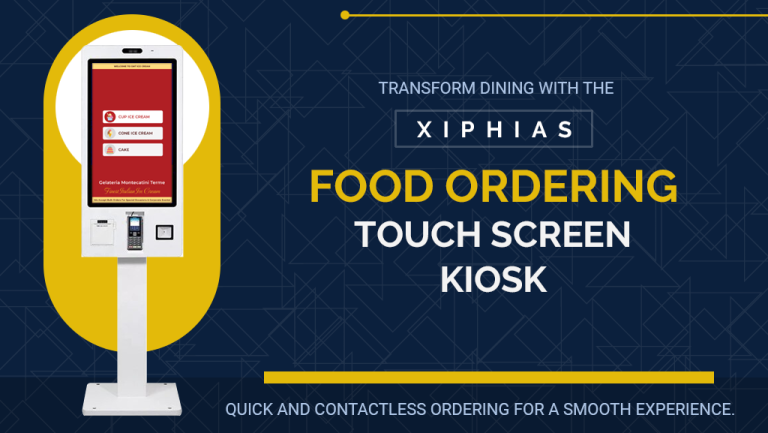How Food Ordering Kiosks are Reshaping the Way We Dine?
In an era where technology permeates every aspect of our lives, the dining experience is no exception. Food ordering kiosks are transforming the way we dine, providing numerous benefits for both customers and restaurant operators. These interactive, self-service stations streamline the ordering process, enhance customer satisfaction, and boost operational efficiency. Let’s explore how food ordering kiosks are reshaping the dining landscape.
The Rise of Food Ordering Kiosks
Food ordering kiosks have become increasingly popular in various dining establishments, from fast-food chains to casual dining restaurants. These kiosks offer a digital interface where customers can browse the menu, customize their orders, and make payments without human intervention. This technological shift addresses several challenges faced by the traditional dining model.
Enhancing Customer Experience
One of the primary benefits of food ordering kiosks is the enhanced customer experience. By providing a user-friendly interface, kiosks allow customers to take their time, explore menu options, and customize orders to their preferences. This reduces the likelihood of errors and enhances satisfaction.
Customizable Orders:
Customers can easily modify ingredients, ensuring perfect orders.
Interactive Menus:
Visual menus with images make it easier to choose meals.
Reduced Wait Times:
Quick and efficient ordering reduces time spent in line.
Multilingual Support:
Kiosks offer multiple languages, catering to diverse clientele.
Dietary Information:
Nutritional information helps customers make informed choices.
These features collectively improve the dining experience, making it more personalized and enjoyable.
Boosting Operational Efficiency
For restaurant operators, food kiosks significantly boost operational efficiency. By automating the ordering process, kiosks free up staff to focus on other critical tasks, such as food preparation and customer service. This streamlining leads to faster service and increased table turnover.
Order Accuracy:
Automated systems reduce human error, ensuring accurate orders.
Labor Cost Savings:
Fewer staff needed for taking orders, reducing labor costs.
Increased Throughput:
Kiosks process orders faster, handling more customers efficiently.
Data Collection:
Kiosks gather valuable data on customer preferences and behaviors.
Upselling Opportunities:
Suggestive selling prompts can increase average order value.
These advantages help restaurants operate more smoothly and profitably.
Addressing Challenges and Concerns
While food kiosks offer many benefits, they also present some challenges and concerns. It’s crucial to address these issues to ensure successful implementation and operation.
Initial Investment:
High upfront costs for kiosk hardware and software can be a barrier.
Maintenance:
Regular maintenance and updates are essential for smooth operation.
Customer Resistance:
Some customers may prefer human interaction over digital ordering.
Security:
Ensuring data security and protecting customer information is paramount.
Accessibility:
Kiosks must be designed to accommodate all users, including those with disabilities.
By addressing these challenges, restaurants can fully leverage the potential of food ordering kiosks.
Future Trends in Food Ordering Kiosks
As technology continues to evolve, so will the capabilities and features of food ordering kiosks. Here are some future trends that are likely to shape the industry:
Artificial Intelligence:
AI-powered kiosks will provide personalized recommendations based on customer preferences.
Voice Ordering:
Voice-enabled kiosks will offer a hands-free, intuitive ordering experience.
Mobile Integration:
Seamless integration with mobile apps for a unified ordering experience.
Augmented Reality:
AR features could offer virtual previews of menu items, enhancing the decision-making process.
Enhanced Payment Options:
Integration with digital wallets and contactless payment methods for convenience.
These trends indicate a future where food kiosks become even more advanced and user-centric.
Conclusion
Food ordering kiosks are undeniably reshaping the way we dine. By enhancing customer experience, boosting operational efficiency, and addressing various challenges, these kiosks are revolutionizing the restaurant industry. As technology advances, the role of kiosks in dining establishments will continue to grow, offering even more innovative solutions for both customers and operators. Embracing this technology is essential for restaurants looking to stay competitive and meet the evolving demands of modern diners.

